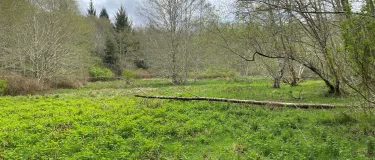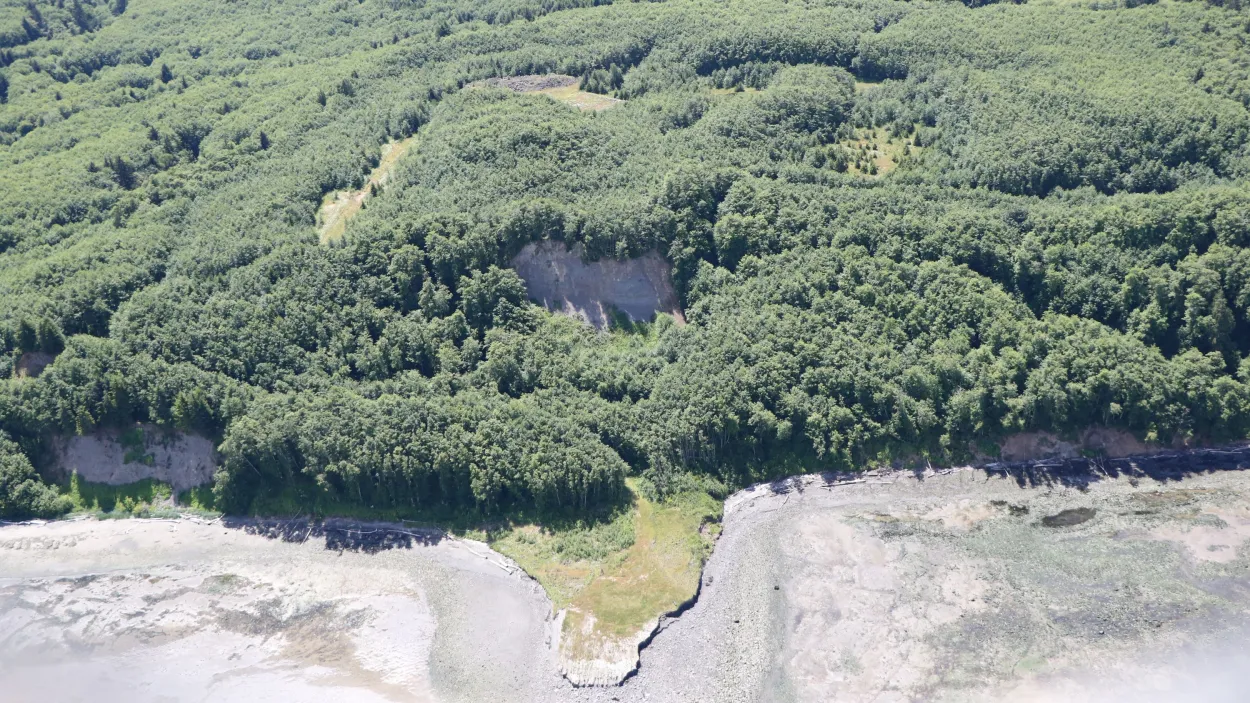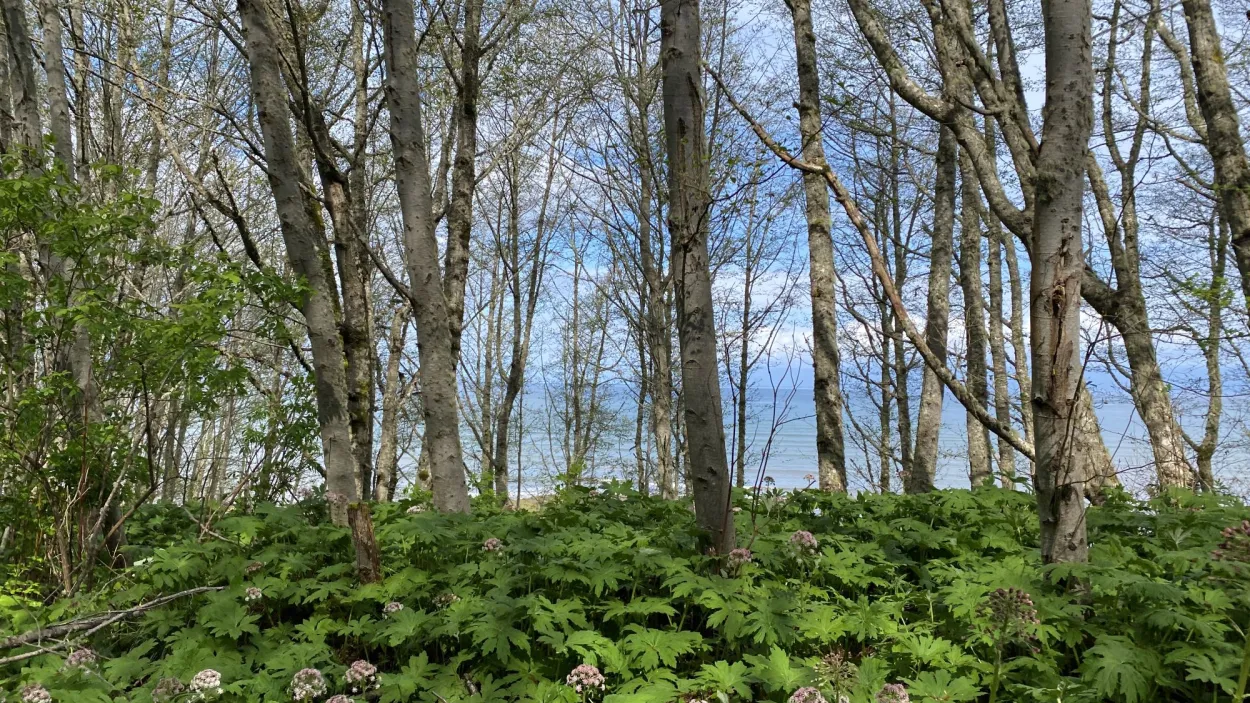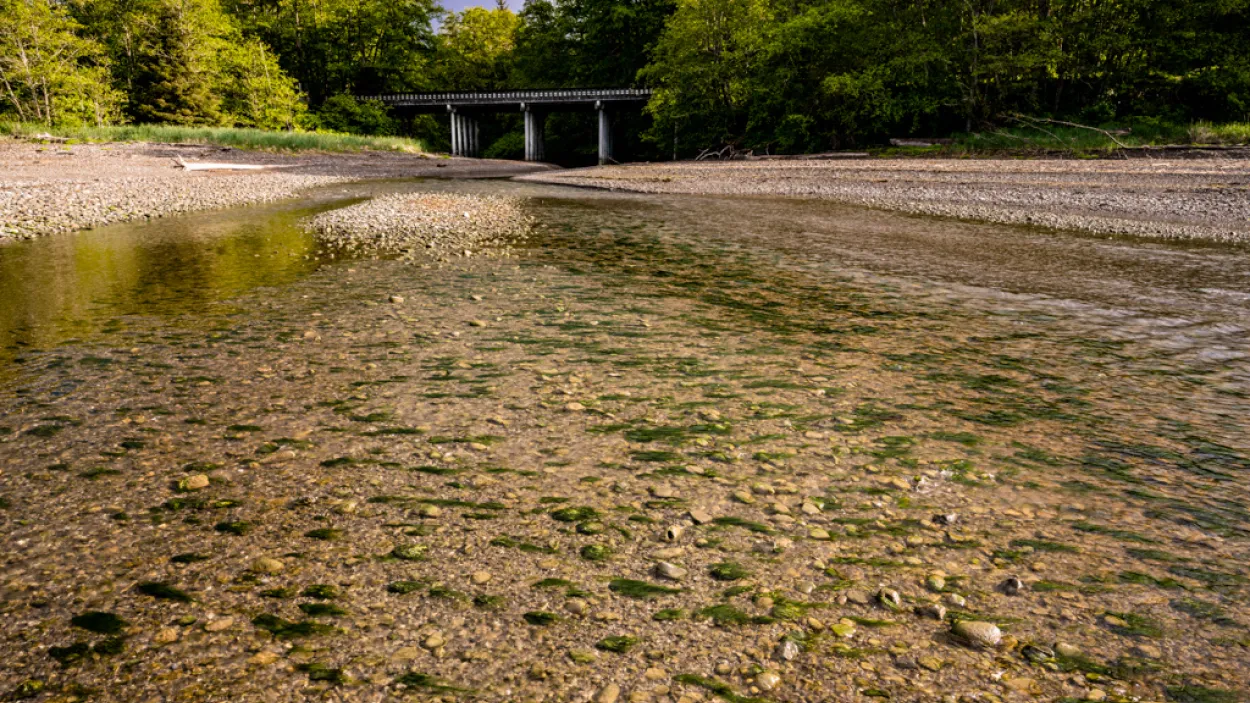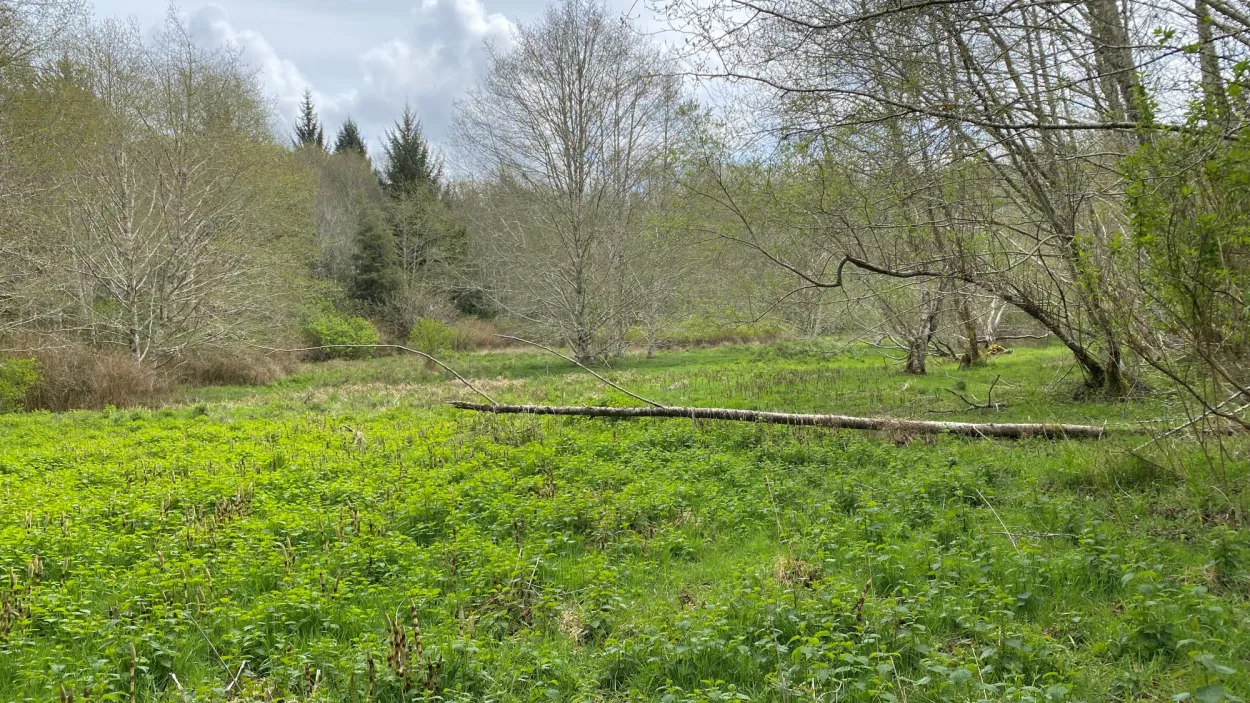A Legacy of Conservation: The Twin Rivers Restoration Project
Nestled in Washington State's stunning Olympic Peninsula, the Twin Rivers site represents a story of environmental stewardship and a unique collaboration. The property borders the Strait of Juan de Fuca on the north and a salmon spawning river to the east, with cougar, bear, moose and elk throughout the property. Developed initially as a clay quarry in the 1960s, the site has been largely untouched by mining activities since the late 1990s, allowing for significant natural regrowth that has preserved much of its ecological integrity. Over the decades, this 207-acre property evolved from an industrial mining landscape to a conservation success story.
From Quarry to Conservation
Mining operations ceased at Twin Rivers in the late 1990s, and after Lafarge had acquired the site, the land was left dormant, allowing for natural regrowth. Recognizing its ecological significance, Lafarge committed to transitioning the property toward long-term conservation and public access. This was made possible by the collaborative co-leadership of the Coastal Watershed Institute (CWI).
In late 2024, these efforts reached a significant milestone when the Washington Department of Fish and Wildlife (WDFW) acquired the land. With this acquisition, plans are now underway to develop the site for activities such as fishing, hiking, fossil hunting, and wildlife observation, all while protecting critical habitats.
A Haven for Diverse Habitats and Wildlife
The Twin Rivers site is an ecological gem featuring a mix of nearshore habitats, river ecosystems, wetlands, and upland areas. This rich environment provides a haven for a variety of wildlife, including Chinook salmon, Coho salmon, and steelhead and the critical forage fish they depend on, as well as other priority species like marbled murrelets, northern spotted owls, and Townsend’s big-eared bats. Another essential aspect of the site is its role in salmon spawning, which is vital for the ecosystem and supported by local communities and conservationists.
Beyond its ecological value, the site has also been notable for its history of fossil discoveries. The marine sedimentary rocks in the area have uncovered fossils of clams, crabs, and even a complete whale skeleton.
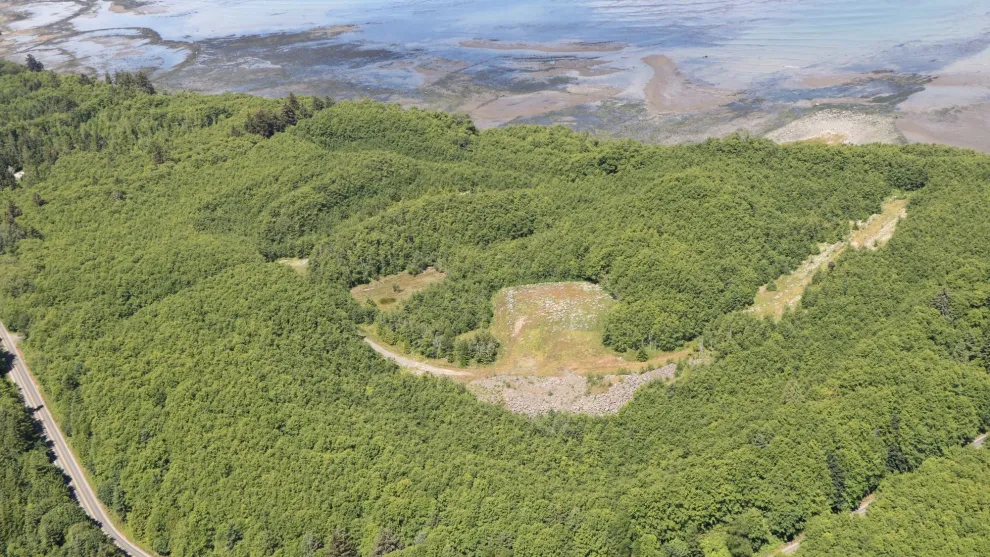
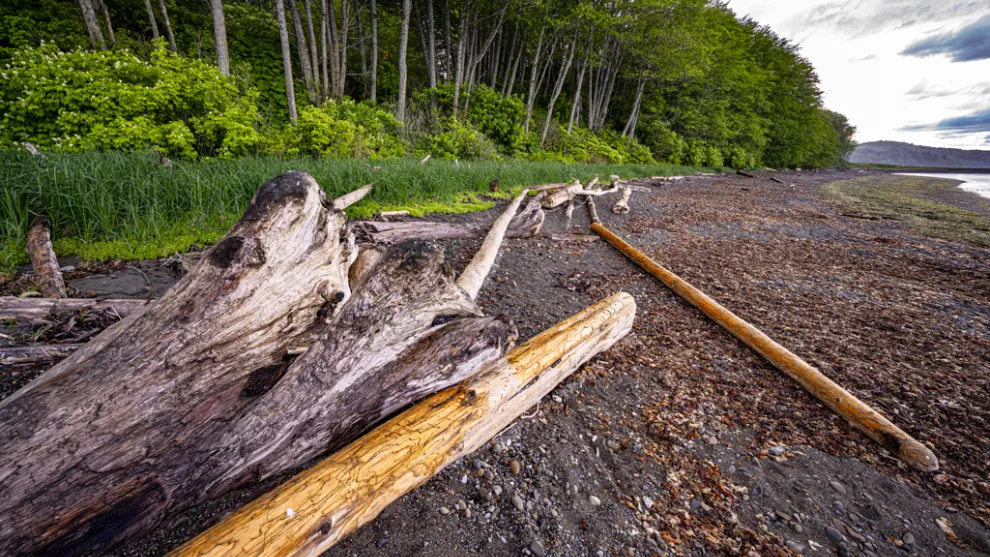
Collaboration for Restoration
When Lafarge and CWI first engaged in discussions about the land's future, active restoration efforts began in 2004. At that time, the DNR Aquatics division, which had leased the intertidal area to the operation in the late 1960s, required the removal of specific structures, including the earthen dock known as the "mole."
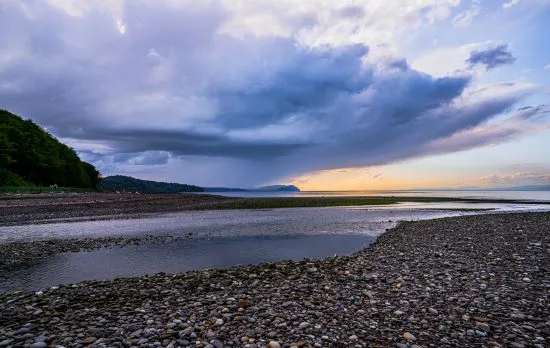
A significant turning point came in 2016 when Lafarge took the lead in restoring more than 1,800 linear feet of shoreline by removing over 30,000 cubic yards of riprap (non-native rock armour), concrete, and 425 linear feet of sheet pile. This opened the way for natural processes, allowing clean native sediment to flow and replenish the shoreline naturally.
As one of the largest restoration projects in Puget Sound, this initiative was fully funded by Lafarge, showcasing the company’s commitment to environmental responsibility. In 2024, the project concluded with the Washington Department of Fish and Wildlife (WDFW) acquiring the upland property, supported by funding from the Puget Sound Acquisition and Restoration (PSAR) programme and the Washington Wildlife and Recreation Program (WWRP).
Community and Wildlife Benefits
The restoration has already delivered measurable ecological benefits. Fish spawning has expanded significantly, and habitats on both sides of the river are now flourishing. Additionally, the project has enhanced public access to the shoreline, fulfilling a key objective for WDFW. Plans are underway to determine the official timeline for public access.
A Model for Future Conservation Efforts
Through its collaboration with CWI and WDFW, Lafarge and the team restored and protected the land and its ecological value for future generations. This landmark project models how shared vision and partnerships can create lasting benefits for communities and ecosystems.
Lafarge's Cementitious and Business Development Manager, Jonathan Hall, reflected on the project: “This project showed how similar philosophies and strong partnerships can create lasting benefits for communities and ecosystems alike.”
The Twin Rivers restoration project is a testament to the power of collaboration, serving as both a sanctuary for wildlife and a resource for the public to enjoy for generations to come.
For more information on the Coastal Watershed Institute (CWI), visit their website for further insights.





